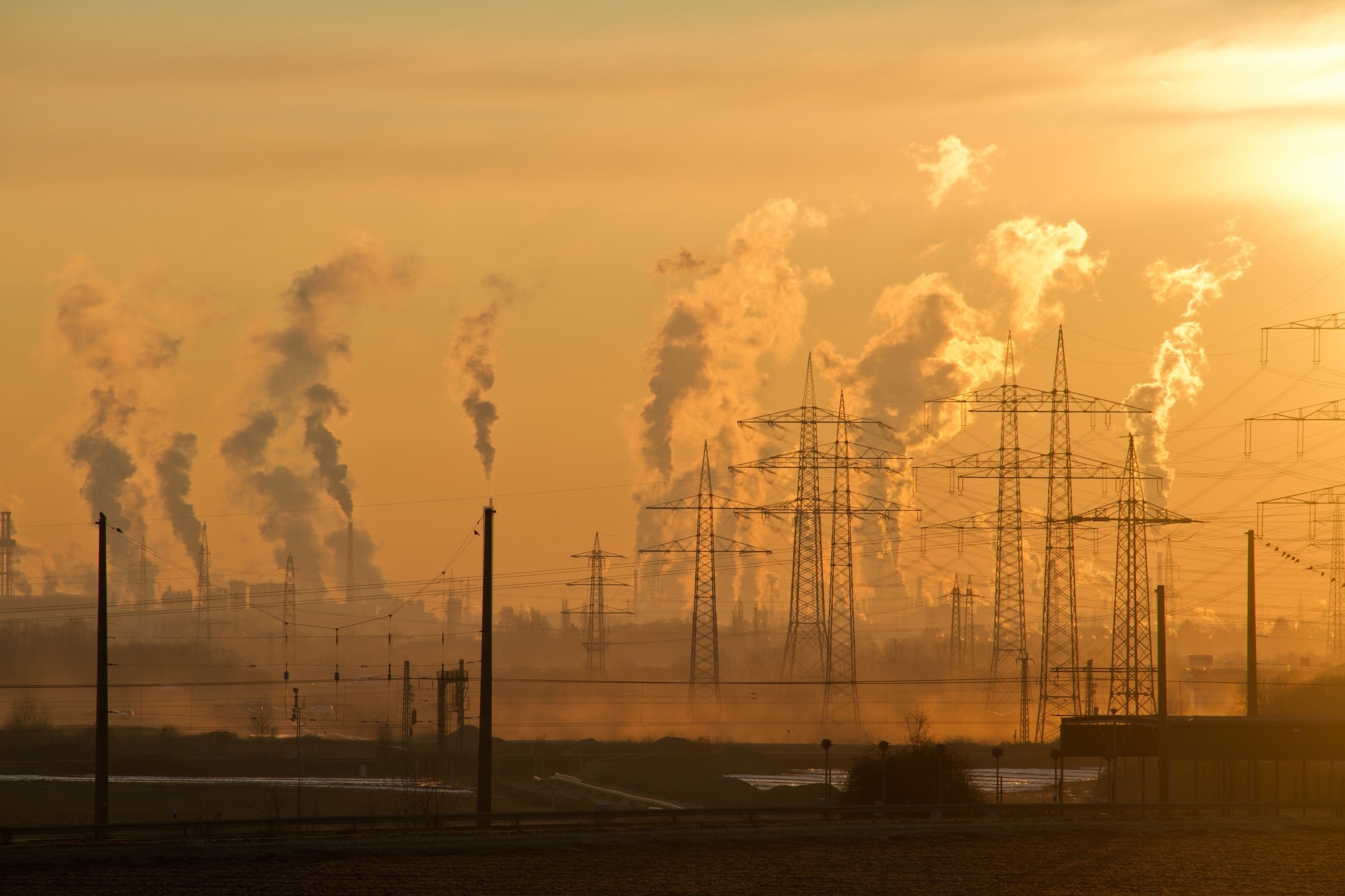By Grace Weatherall, Managing Editor at the Harvard Environmental Law Review. This post is part of the Environmental Law Review Syndicate. Read the original here and leave a comment. Introduction Bostock v. Clayton County was marked for a place among landmark Supreme Court jurisprudence as soon as it arrived.. The decision protected LGBTQ+ employees from discrimination based on their sexual…
-
-
By John Niedzwiecki, Senior Editor, Georgetown Environmental Law Review This post is part of the Environmental Law Review Syndicate. Read the original here and leave a comment. I. An algae bloom in the Gulf of Mexico is wreaking havoc on Florida’s economy and environment. An effective state and local response can help provide a solution. Florida’s southwest coast, once a…
-
By Sarah L. Fine Sarah Fine is a J.D. candidate at Lewis & Clark Law School and an Online Journal Editor of Environmental Law. This post is part of the Environmental Law Review Syndicate. As the old saying goes, whiskey is for drinking—water is for fighting over. I. Introduction The mythic Dead Sea—the highly salinated, low-altitude lake of international interest…
-
By James D. Flynn James Flynn is an LL.M. candidate at New York University School of Law and the graduate editor of the NYU Environmental Law Journal. This post is part of the Environmental Law Review Syndicate. I. Introduction In recent years, states in New England and the mid-Atlantic region have made significant progress in reducing climate change-inducing greenhouse gas…
-
Sara Dewey,[1] Liz Hanson,[2] & Claire Horan[3] This post is part of the Environmental Law Review Syndicate. Read the original here and leave a comment. Introduction The Farm Bill affects nearly every aspect of agriculture and forestry in the United States. Therefore, its next reauthorization offers an important opportunity to better manage the risks of climate change on farms, forests,…
-
Danika Desai. Managing Editor, UCLA Journal of Environmental Law & Policy. This post is part of the Environmental Law Review Syndicate. I. Introduction to California’s Soils California is called the golden state, named for the gold trapped in the Sierra Nevada mountains that drew desperate men like flies. Later, when the dream of easy wealth dried up, those same men moved to…
-
Theodore McDowell* This post is part of the Environmental Law Review Syndicate. Read the original here and leave a comment. The California Cap-and-Trade program has been a beacon of success for market-based environmentalism. The program masterfully incorporated the lessons learned from previous cap-and-trade initiatives by more precisely allocating emission allowances and by setting higher price floors for auctions. The ambitious…
-
This week’s post, Reinstating CERCLA as the “Polluter Pays” Statute With the Circuit Court’s Mutually Exclusive Approach, was written by Brianna E. Tibett, a third-year student at Vermont Law School and the Administrative Editor of the Vermont Journal of Environmental Law. Read the post here.
-
Brianna E. Tibett, Vermont Law School. This post is part of the Environmental Law Review Syndicate. INTRODUCTION The purpose of the Comprehensive Environmental Response, Compensation, and Liability Act (CERCLA) is to facilitate the “timely cleanup of hazardous waste sites and to ensure that the [cleanup costs are] borne by those responsible for the contamination.”[2] The proper application of CERCLA’s two private…
-
This week’s post, FERC Relicensing and its Continued Role in Improving Fish Passage at Pacific Northwest Dams, was written by Skylar Sumner, a third-year student at Lewis & Clark Law School pursuing a J.D. and a certificate in Environmental & Natural Resource Law. Read the post here.









